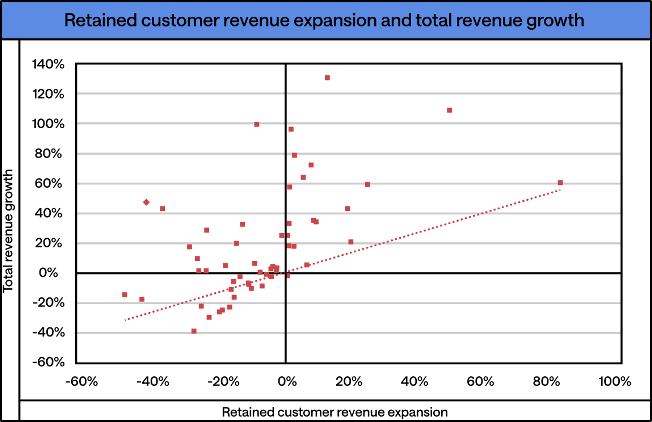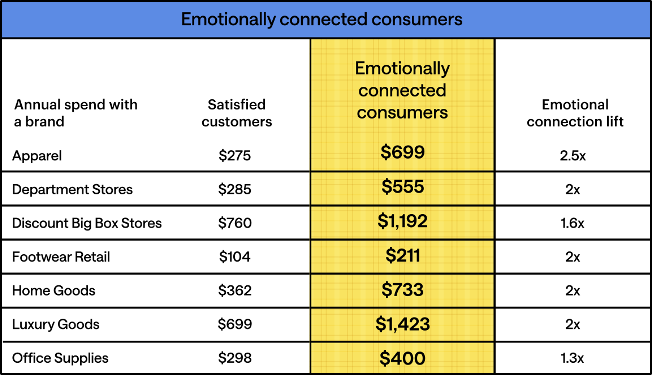By Vicky Skipp, APAC GTM director at Klaviyo
In business and marketing, a well-worn thought can start to feel like gospel. Over time, familiar phrases like the customer is always right or content is king stop sounding like theories and start sounding like facts.
Left unchallenged, these so-called truths harden into dogma. We repeat them in boardrooms, bake them into strategy decks, and pass them down like heirlooms to recruits.
But, has anyone stopped to test out these “truths”? Do they still hold in 2025, especially with all the ongoing economic disruption and uncertainty?
We often cling to assumptions that no longer serve us, so it is time to critically examine one that may have the greatest legacy of all: the belief that customer loyalty is the ultimate driver of revenue.
Revenue expansion is more important than customer retention
In conventional business wisdom, we often prioritise customer retention over so many other metrics. It’s the primary reason behind companies launching loyalty programs, but what if focusing on loyalty isn’t as big a money maker as we once thought?
Klaviyo’s latest report with James Hurman challenges this notion, suggesting that focusing solely on retention, particularly through traditional loyalty programs, is a distraction from growth.
Brands with lower-than-average retention rates often experienced significantly greater overall revenue growth compared to brands with higher-than-average retention rates. This directly contradicts the long-held belief that simply retaining more customers leads to standout revenue growth.

In fact, brands without loyalty programs grew at over three times the rate of brands with loyalty programs. While it’s true retailers using loyalty programs achieved better customer retention, averaging 30% retention compared to 20% for retailers without loyalty programs, this higher retention didn’t translate into superior business performance.
For example, companies that do have a loyalty program and achieved 30% retention had average total revenue growth of 14%. In contrast, companies that don’t use a loyalty program and achieved 20% retention had average total revenue growth of 48% — over three times that of the loyalty program users.

The conclusion here isn’t the removal of loyalty programs. Instead, it’s that using a loyalty program solely to increase retention and minimise churn is not nearly as commercially impactful as using a loyalty program to incentivise spend increases from the retained customers.
Why? Because the common factor among brands with the most impressive growth is they increase the spend of the customers they retain.
Fostering an emotional connection is key to revenue expansion
The question now should be: how do I increase my retained customers’ average spend? While many factors will contribute towards that goal, one of the fastest, strongest and easiest ways to achieve it is through fostering a strong emotional connection with customers.
This principle holds especially true in retail as emotionally connected consumers spend significantly more than those who are merely satisfied — in most cases twice as much.
For example, in apparel, emotionally connected consumers spend an average of $699 annually, compared to $275 for satisfied customers, representing a 2.5x lift. This underscores that a deep emotional bond with a brand, not just transactional satisfaction, is what truly unlocks customer lifetime value.

Customer service is key to fostering an emotional connection
So, how do brands cultivate this crucial emotional connection? The answer is simpler than you may think — customer service.
A great customer service experience is the leading driver of emotional positivity toward brands. Conversely, a poor customer service experience is the leading driver of emotional negativity.
Our research shows the most frustrating customer service experiences are never hearing back after a customer service enquiry, waiting too long to hear back, and wanting to talk to a human service person and not being able to. Avoiding these poor experiences is critical, as they can quickly erode any emotional positivity a brand has earned through its product or brand.
In conclusion, the traditional focus on simply retaining customers, often via loyalty programs, misses the bigger picture for e-commerce growth. In fact, a loyalty program is probably about 5% of the loyalty challenge. The remaining 95% is everything else you do that is customer experience.
Based on our recent data, it is clear that true revenue expansion comes not from retaining more customers, but from increasing the spend of the customers you do retain. This critical shift in perspective means brands should prioritise metrics showing customers’ spending expansion and emotional connection, and activities that increase both.
Top image: Vicky Skipp

